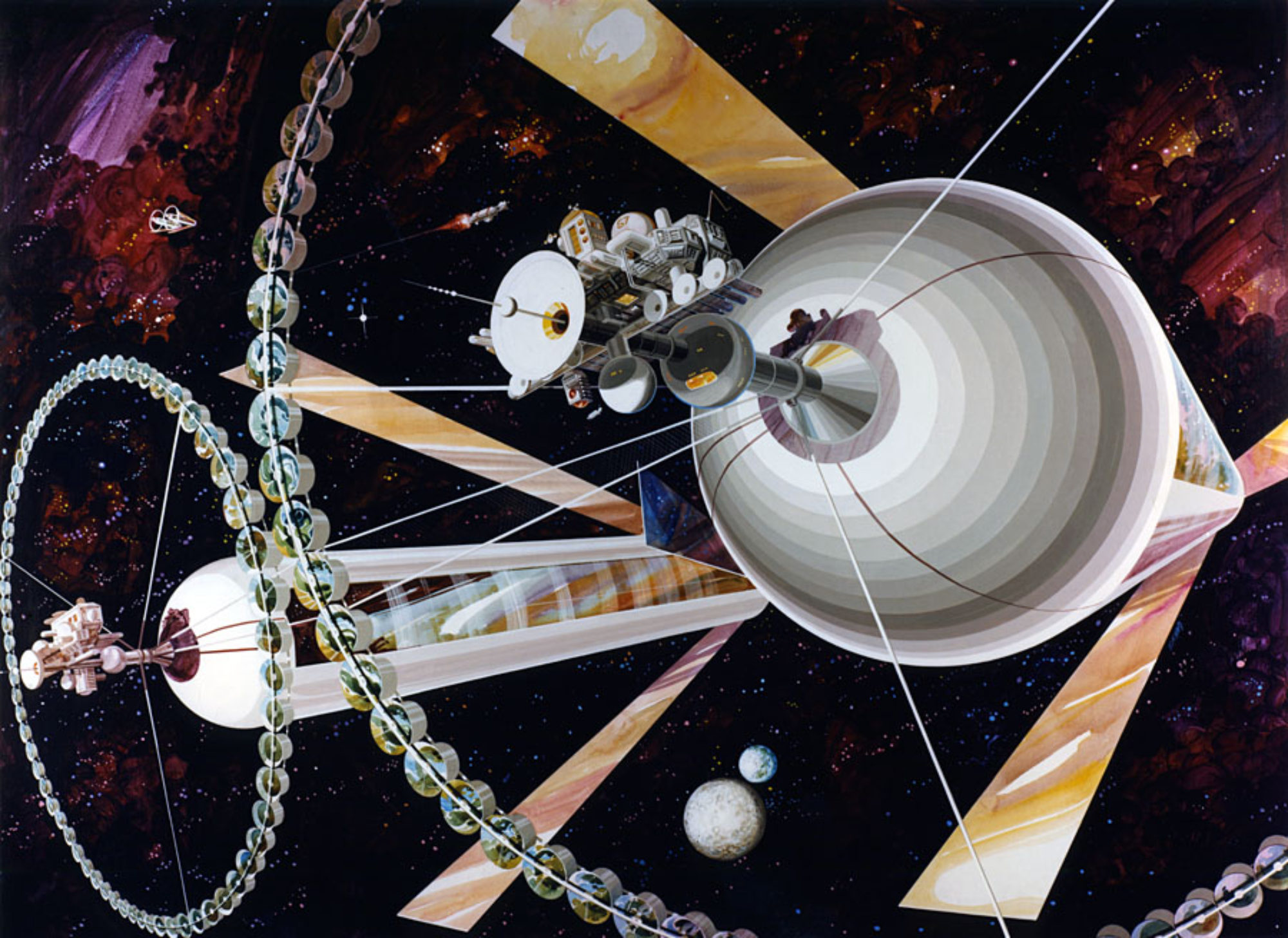
A NASA NIAC Phase 1 grant has been awarded to Amelia Greig of the University of Texas, El Paso to study an innovative mining technique called ablative arc mining. The process works by using a pair of electrodes to zap surface regolith with an electrical arc thereby ionizing it into its component constituents. The ablated ions are then sorted and collected by subjecting them to an electromagnetic field which separates the material groups by their respective mass. Such a system, when mounted on a mobile rover, could extract both water and metal ions in the same system.
The goal of the this grant is to identify a feasible ablative arc mining scheme for ISRU on upcoming lunar exploration sorties. The study will define the design of an ablative arc and electromagnetic transport system for extraction and collection of water, silicon, and nickel. The architecture should have an output of 10,000 kg/yr of water for use by lunar outposts or other operations. Finally, a trade study will be performed comparing the efficiency of the proposed concept against other ISRU processes such as microwave or direct solar heating which are designed to only collect a single constituent.
We’ll need ISRU methodologies to enable long-term space settlement on the Moon, Mars, in the Asteroid Belt or to support free space habitats. The ablative arc mining architecture may be an efficient alternative for extraction and collection of multiple volatile constituents in a single system when compared to methods that collect only one material at a time.
